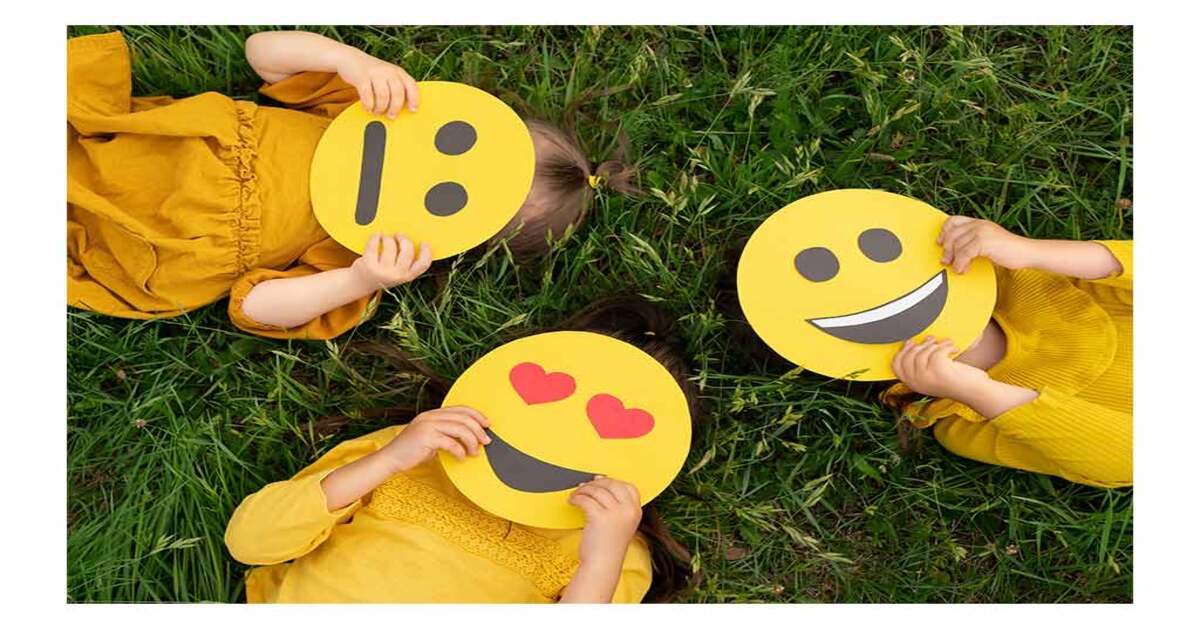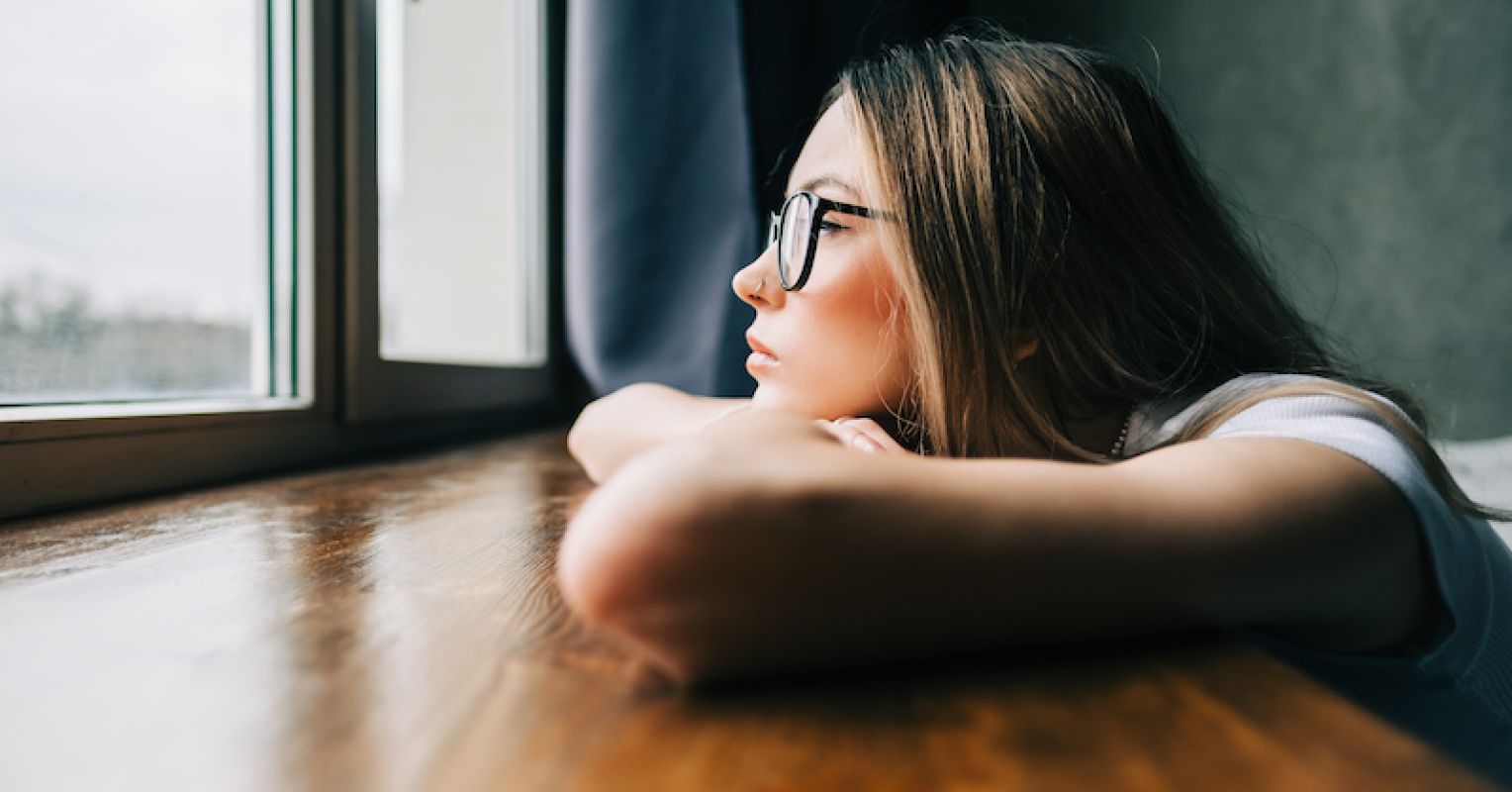
Feelings Worksheet: A Social-Emotional Learning Approach
These comprehensive feelings worksheet incorporates Social-Emotional Learning (SEL) principles to guide you in exploring your emotions. SEL focuses on developing skills like self-awareness, social awareness, responsible coping, and positive relationship building.

Feelings Worksheet: A Social-Emotional Learning Approach
Part 1: Unveiling Your Emotional State
Identifying Your Feelings: (Circle all that apply)
- Happy: Describe what makes you feel happy. Is it spending time with loved ones, achieving a goal, or enjoying a favorite activity?
- Sad: What situations or events typically trigger sadness in you? Write down a recent event that made you feel sad.
- Angry: Think about situations that make you angry. How does your body react when you feel angry (clenched fists, racing heart)?
- Frustrated: Describe a recent scenario that caused you frustration. What can you do next time to avoid similar situations or manage your frustration effectively?
- Worried: Are there any current concerns weighing on your mind? Write them down and explore healthy ways to manage your worries (talking to a trusted adult, creating a plan to address the concern).
- Scared: What things scare you? Is there a way to gradually expose yourself to these fears in a safe environment to build confidence (e.g., practicing public speaking if you fear presentations)?
- Excited: What are you most excited about lately? Sharing your excitement with others can enhance the feeling.
- Confused: Are you struggling with a decision or feeling overwhelmed by information? List down the pros and cons of your options or break down complex information into smaller, more manageable pieces.
- Other: If you experience emotions not listed, write them down and explore what triggers them.

Recognizing Triggers:
Write down a specific event or situation that caused you to feel a particular way today. For example, “I felt frustrated because I couldn’t solve the math problem in class.”
Body Signals:
Circle all the physical sensations you might experience when feeling different emotions:
- Happy: Relaxed muscles, increased energy, smiling
- Sad: Drooping shoulders, tears, loss of appetite
- Angry: Tight muscles, fast heartbeat, clenched fists
- Frustrated: Headache, furrowed brow, sighing
- Worried: Restlessness, butterflies in your stomach, difficulty concentrating
- Scared: Rapid breathing, sweating, trembling
- Excited: Increased energy, rapid heartbeat, feeling lightheaded
- Confused: Headache, furrowed brow, difficulty focusing
- Other: Describe any other physical sensations you experience when feeling different emotions.
Mind Chatter:
Write down a few thoughts that are going through your head related to the emotions you identified:
* Example 1 (feeling frustrated): “I’m never going to be good at math.”
* Example 2 (feeling worried): “What if I don’t make the soccer team?”
Part 2: Building Your Social-Emotional Toolbox
1. Calming Techniques: Choose an activity from your toolbox to help you manage strong emotions:
* Deep Breathing: Close your eyes and take slow, deep breaths in through your nose and out through your mouth for several minutes. Focus on your breath and feel your body relax.
* Mindfulness: Take a moment to focus on your senses. What do you see, hear, smell, taste, or touch right now? Describe your surroundings in detail to ground yourself in the present moment.
* Positive Self-Talk: Challenge negative thoughts with encouraging ones. Instead of “I can’t do this,” tell yourself, “This is challenging, but I can keep trying. I’ve learned from my mistakes before, and I can learn from them again.”
2. Social Connection: Consider talking to someone you trust about your feelings. How might they offer support? Think about a friend, family member, teacher, counselor, or anyone you feel comfortable confiding in. Talking about your emotions can help you feel less alone and gain valuable insights.
Part 3: Reflection and Growth
Emotional Awareness: How do you feel now that you have identified your emotions and used a coping strategy? Did your chosen strategy help you feel calmer and more in control?
Growth Mindset (continued): How can you use this knowledge for the future? For example, if you identified that negative self-talk contributes to frustration, you can develop a practice of replacing those thoughts with positive affirmations.
Building Resilience: Think about a time you successfully overcame a challenge or difficult emotion. What strategies did you use? How can you apply those strategies to future challenges?
Social-Emotional Learning in Action: Consider a situation where you could use your social awareness skills. For example, if you see a friend feeling sad, how could you show empathy and offer support?
Why and When do we need Feelings Worksheet?

We need feelings worksheet for several reasons, and their usefulness can vary depending on age and situation. Here’s a breakdown:
Why We Need Feelings Worksheet:
- Self-Awareness: Feelings worksheet can guide us in identifying and labeling our emotions. This self-awareness is crucial for understanding our reactions and behaviors.
- Understanding Triggers: By reflecting on situations that trigger specific emotions, we can learn to anticipate and manage those triggers more effectively.
- Healthy Coping Mechanisms: Feelings worksheet often suggests coping strategies like deep breathing, positive self-talk, or creative expression. Practicing these techniques can help us manage strong emotions in a healthy way.
- Communication Skills: Understanding our emotions helps us communicate them effectively to others. Feelings worksheet can prompt us to reflect on what we’re feeling and how to express it constructively.
- Building Emotional Vocabulary: Especially for children, worksheets can introduce them to a wider range of emotions and their corresponding terms. This expands their emotional vocabulary and allows them to express themselves more precisely.
When Feelings Worksheet Can Be Helpful:
- Feeling Overwhelmed: If you’re experiencing a jumble of emotions, a Feelings worksheet can help you sort them out and gain clarity.
- Difficulty Identifying Emotions: Some people struggle to recognize their emotions. Feelings worksheet can provide a structured approach to self-reflection.
- Developing Coping Skills: Feelings worksheet can introduce new coping strategies or help solidify existing ones.
- Improving Communication: If you’re struggling to communicate your feelings to others, a worksheet can give you a starting point for expressing yourself.
- Social-Emotional Learning Activities: For children, worksheets can be incorporated into lessons on identifying emotions, managing feelings, and building social skills.
Feelings worksheet are just a tool. They can be most effective when used in conjunction with other strategies like talking to a trusted adult, journaling, or practicing mindfulness exercises.
See also: Work life balance: What it is and ways to improve yours
